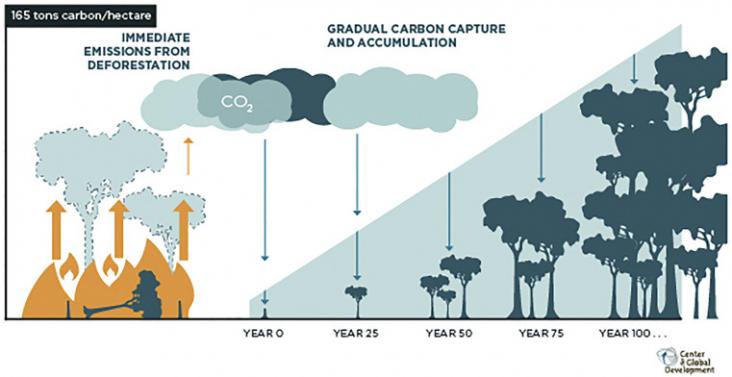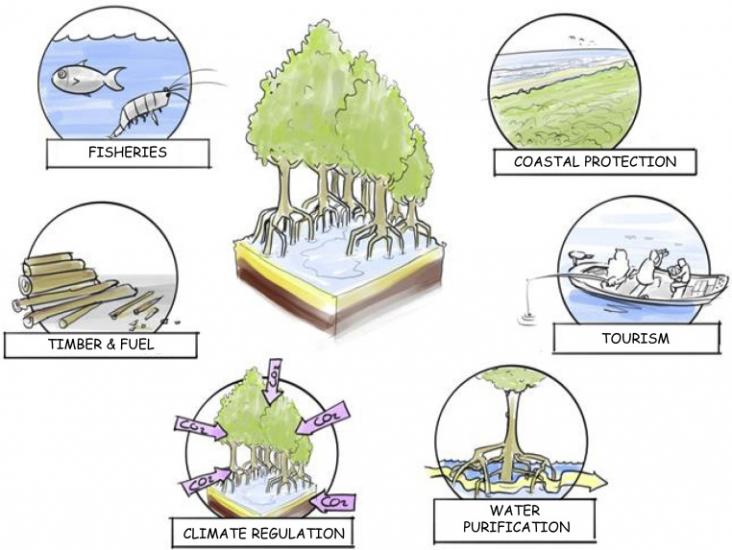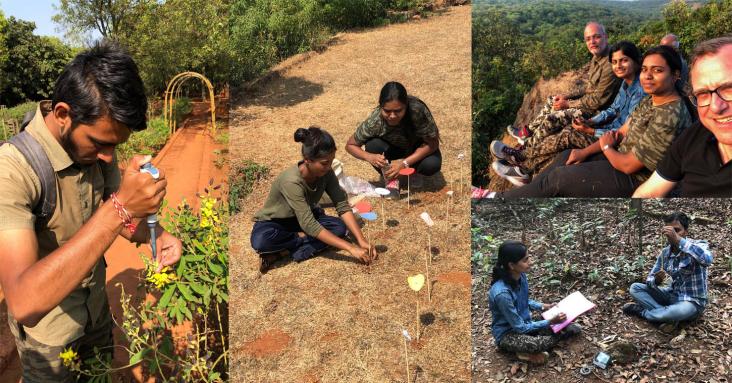Refuges and refugia are important to conservation management because of their potential to protect species from difficult-to-manage threats such as changing climate, extreme events (e.g., drought, fir
This study investigates the ostracod assemblages obtained from a sediment core from a paleolake in the Sağlık plain in south-central Anatolia (Turkey). In addition to ostracods, oxygen and.
Climate change and population growth generates a decrease in water availability around the world which can compromise the maintenance of sustainable agriculture.
Forests are key components of the global carbon cycle and dominate mitigation strategies for climate change and biodiversity loss.

Largely driven by the corporate sector, the recent surge of interest in trees as a solution to climate change has a distinct emphasis on planting trees.

Mangrove forests are found on sheltered coastlines in tropical, subtropical, and some warm temperate regions.
This book chapter advances SDGs 11, 12, and 15 by discussing the key drivers, obstacles, and opportunities in plastics sustainability, offering a balanced analysis of current challenges and solutions supporting the more sustainable production, use, and re-use of plastics, which are valuable materials with critical applications across civilization.
Partner content
Global CitizenGlobal Citizen, 22nd April 2020
To mark Earth Day 2020, Global Citizen spoke with seven youth climate activists who shared their hopes for a future in which we take bold climate action. This article contributes to SDGs 1, 7, 13, 14 and 15.

This articles highlights one of the winning proposals of the Elsevier Foundation Green & Sustainable Chemistry Challenge, “Butterfly attractant for pollination and ecosystem health.” The project, which combines ecology and chemistry, involved field observations and lab-based experiments to protect biodiversity in the Western Ghats of India by increasing butterfly pollination, contributing to SDGs 13, 15 and 17.
Urban expansion is considered to be one of the main threats to global biodiversity yet some pollinator groups, particularly bees, can do well in urban areas.
